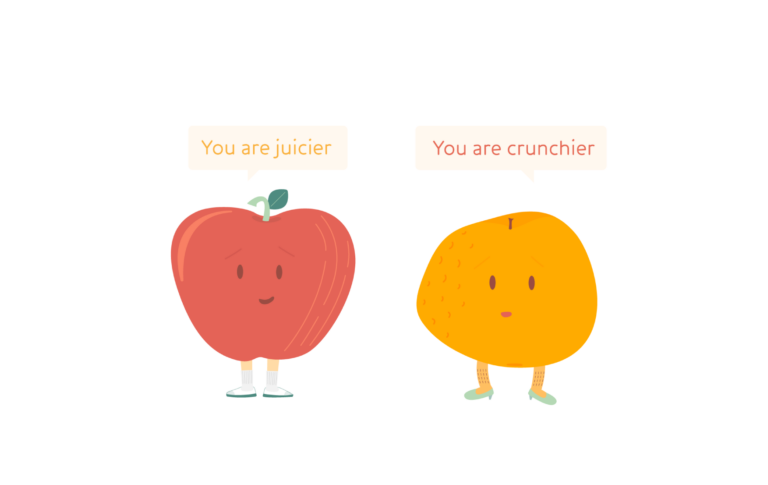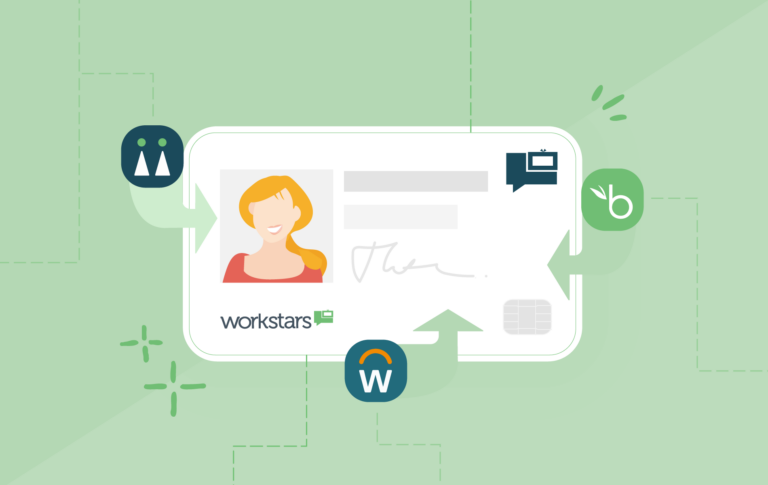The Future of HR Technology – Enabling not Controlling
Technology is having a profound impact on the future of HR and talent management. However, we should never think about talent management technology by itself – the most awesome thing about this technology is always how it helps people be more awesome.
I have my own model of human awesomeness which I call the value triangle. It outlines three levels of contribution which people and therefore HR management can provide in an organisation. The first level is value for money and relates to all of the requirements around efficiency and compliance which HR needs to achieve. It is useful value but is not necessarily about satisfying customers or meeting business needs. The second level, adding value, is all about business needs. This level focuses on an organisation’s business objectives and translating these back up the value chain to ensure all HR activities are aligned with and tuned to what the business needs. This is great value and is a level at which most organisations can improve. However there is more value available too. This is the third level in the value triangle, which is creating value. This level relates to value which can be provided because of the people in an organisation and their capability, potential and engagement. Whereas adding value focuses on meeting existing business objectives, creating value focuses on what people can do which can enable a business to set new or more stretching business goals.
Applying this model to HR technology it is interesting to see how the focus of attention has progressed up from the bottom to top level of value over the last decade.
The historical focus of HR technology has been the system of record, providing (in an ideal world) a single source of truth about employees and HR activities in a business. This is a basic requirement for effective HR management but is never going to be a major contributor to business success so links to the bottom level, value for money, in the value triangle..
More recently the capabilities of HR technologies have extended up into systems of engagement which focus on enabling talent management processes and providing information for managers to make better decisions about their people. These systems help HR management processes to be executed more effectively and therefore link to adding value in the value triangle.
However over the last few years the emerging focus of HR technology has been on enabling employees, teams and communities to perform better. This type of technology provides a greater level of value as an organisation can always get more benefit out of directly impacting the performance of people than by simply and more indirectly influencing the management of these people.
These new technologies include social collaboration systems, mobile apps, wearables, augmented and virtual reality, games and simulations. Some of the key benefits of these new enabling systems including fun, transparency, collaboration and analytics. Fun generally occurs because the systems are not just designed for undertaking work but also for providing environments which people will find compelling, helping them to get their work done. Transparency is about breaking down the artificiality and formality of traditional organisations, helping people do what they need to do to perform rather than being limited to following standard practices. Collaboration is a result of connecting people together and helping them share and support their different objectives as well as focusing on the overall objectives of the team, department or organisation as a whole. Analytics are a growing feature of the other two levels of HR technology as well but the opportunity to capture new insights about employees is a major benefit of these creating value systems too.
As has always been the case, but is now even more so, capturing the benefits of these new technologies is more a matter of having the right culture than it is about managing any challenges in implementing the technologies. Wearables for example are providing plenty of new insights into the movements, actions and conversations taking place between people working in an organisation. These insights are tempting some organisations to use this new technology as a form of ongoing time and motion study, helping them reduce things like the amount of time people spend going to the toilet! This usage case also raises concerns about how organisations use what could be considered personal and private data. However a more progressive and useful focus suggests that organisations’ best use of the data from wearables might be to give the insight they can develop back to the people who are providing them with the data, helping individual employees to optimise their own behaviours and performance.
A great example of the new type of HR technology and of the sort of culture which supports it is social recognition. Traditional recognition was very transactional or value for money focused, usually involving limited amounts of recognition and perhaps once a year recognition ceremonies with awards being given to just a small number of employees. More recently this developed into a broader, adding value focus in which managers were responsible for recognising members of their own teams and the focus of recognition became a bit more strategic.
This shift has now progressed even further with new-style social employee recognition systems allowing everyone in an organisation to freely express their appreciation of one another and to understand what it is about what they do which other people value. Managers can participate in this process of appreciation but the more fundamental focus is employee to employee, human to human.
Like other enabling technologies, social recognition also generates plenty of useful analytics helping the organisation understand who is doing what but more importantly, enabling each employee to tune their own behaviours towards what is desired.
However effective recognition also demands a broader, enabling culture in which business leaders and managers understand the value of people communicating and collaborating which each other, having fun as well as, and in order to, achieve what the business needs.
Put together, the opportunity to express appreciation, using great new technology, supported by a recognition system’s analytics, performed in an enabling culture, provides a significant new opportunity for any organisation to create value through its people, and that is the future of HR.


 How Machias Savings Bank improved employee satisfaction and increased commitment to company values
How Machias Savings Bank improved employee satisfaction and increased commitment to company values
 Great managers vs natural leaders: What’s the difference (and does it matter?)
Great managers vs natural leaders: What’s the difference (and does it matter?)
 Workstars now integrates seamlessly with the HRIS you use every day
Workstars now integrates seamlessly with the HRIS you use every day